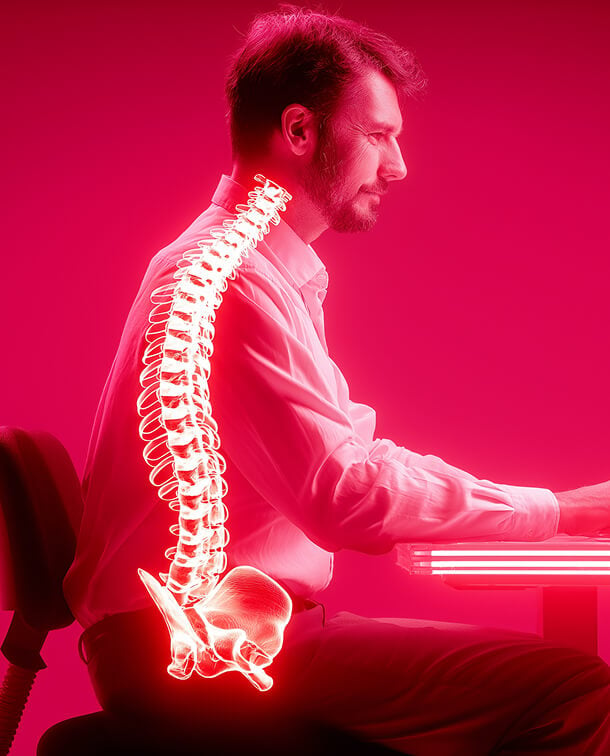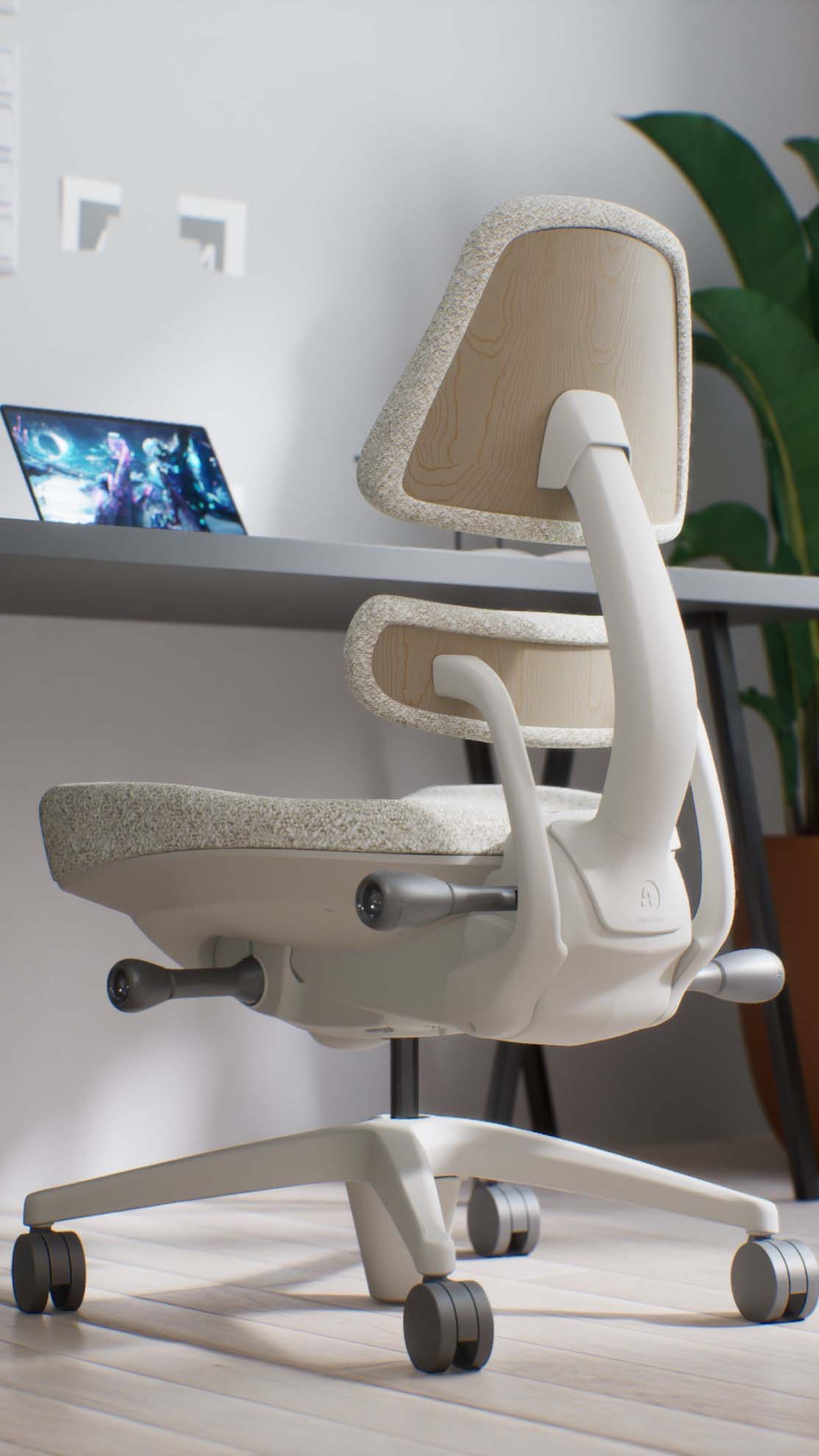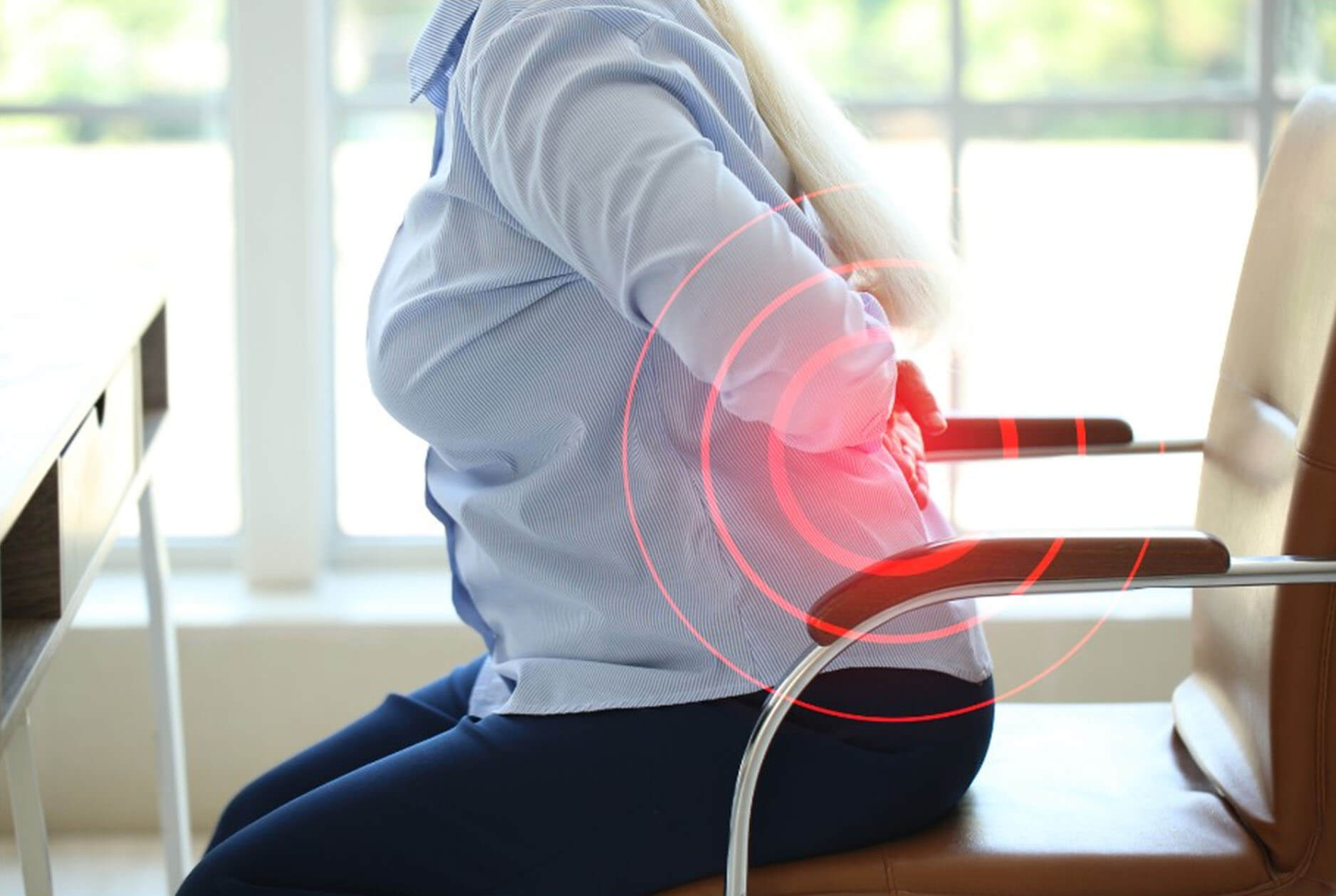Today, we’re taking on a controversial topic that’s central to the ergonomic office chair discussion; the commonly held opinion is that the most important feature of a quality office chair is the lumbar support. Contrary to the collective mindset that pervades the office chair industry, studies have shown some surprising results. Lumbar support has NOT been proven to reduce lower back pain. Further noted, evidence suggests that lumbar supports should not be routinely recommended for the prevention of lower back pain.1
This new insight into preserving the health of our backs could be groundbreaking. What should we be paying attention to, as we strive to sit well, avoid pain, and maintain a healthy lower back? If we’re not looking to our office chair’s crucial lumbar support, what then?
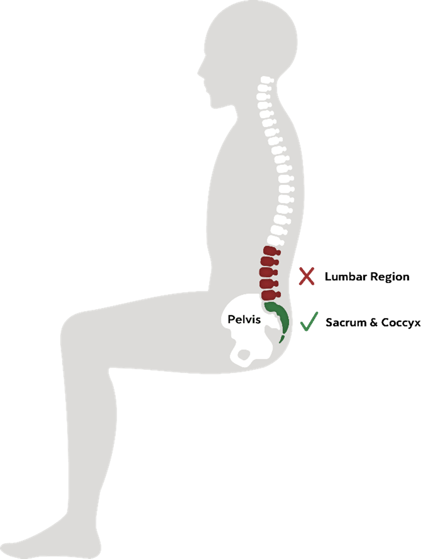
Understanding the Lumbar Region
First off, let’s discuss the significance and vulnerability of the lumbar region. Your lumbar spine, or lower back, carries a substantial load – it supports your upper body while allowing for movement and flexibility. This area is particularly susceptible to pain and discomfort, especially when subjected to prolonged periods of sitting with poor posture.
As we remain seated, the lumbar region's natural inward curve tends to flatten. This flattening of the natural curve of the spine can lead to increased stress on the discs of our spine and the surrounding muscles. The lower back pain and potential long-term issues this can cause are extensive.
The Game Changer – PELVIS SUPPORT.
So, what can we do to be proactive and preserve the health of our backs and protect this natural curve of our spine? Surprise! It’s not lumbar support. It’s pelvis support. Pelvis support is the key. The placement of this support is lower, supporting posture at the base of the spine. By rotating the pelvis forward, this support produces optimal spine alignment, reducing the risk of slouching or hunching. To give a visual, if your spine was a building, pelvis support gives your spine support at the foundation, rather than about the fifth floor, which is where lumbar support typically lands.
Why is this pelvis support so vital?
The pelvis is connected to the spine by multiple ligaments. This means if the pelvis rotates, the spine has no choice but to move with it. Supporting the spine at the foundation (the pelvis), creates a neutral posture of the spine. This reduces pressure on your spinal discs and surrounding muscles, which translates to a lower likelihood of stiffness and chronic pain. Pelvis support ensures that your back muscles don't overexert themselves to compensate for lack of support, helping you stay comfortable and focused.2
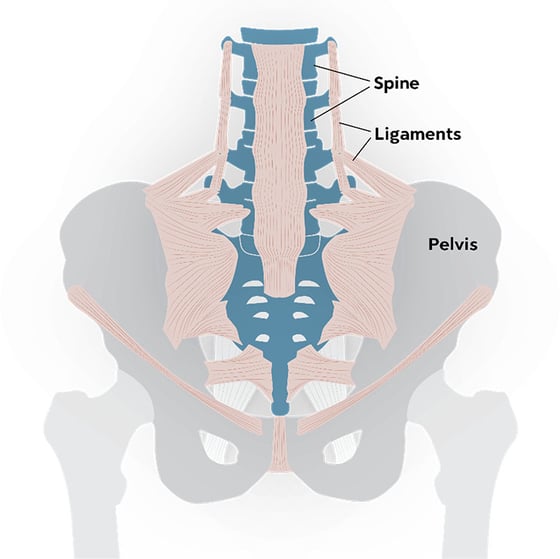
Choosing the Right Support
Although lumbar support is widely advocated, the facts simply don’t hold up. Shifting our allegiance from lumbar support to pelvis support may seem like a revolutionary idea. But we are convinced that time will tell what our backs really need: pelvis support.
Although there needs to be more research on posture and pelvis support, our understanding is advancing. The ingenious design of the pelvis support system is changing the industry. Next time you settle into your office chair, remember the vital role that pelvis support plays. If your chair doesn’t have a pelvis support feature you may want to consider exploring your options.
If you are looking to improve posture and decrease pain while sitting, look no further than Anthros.
Anthros is the only chair in the world that is guaranteed to improve posture or your money back. The science-backed, patented design is registered with the FDA as a posture-improving chair and is proven to have the lowest pressure (most comfortable) cushion on the planet (verified by university testing).
Take the next step to reducing pain, increasing comfort, and maximizing performance!
Recent Post
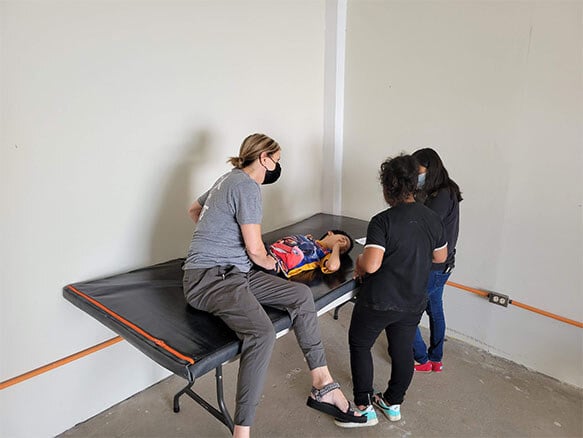
Four Lessons About Seating Everyone Can Learn from Wheelchair Users
September 18, 2025Working with wheelchair users has been an...
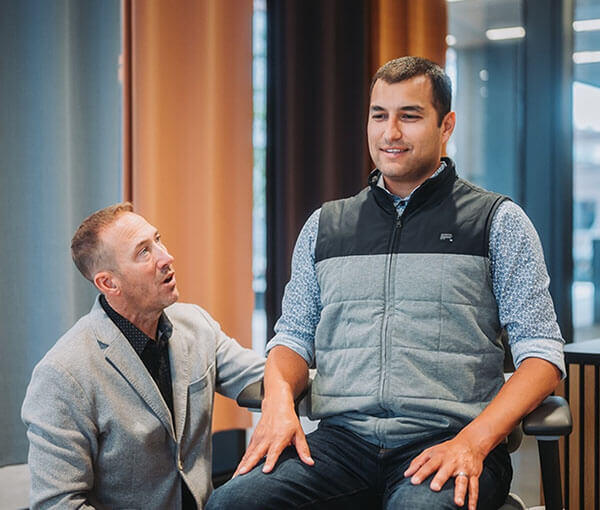
People Over Profits: Why Anthros Puts Comfort and Care First
September 17, 2025At Anthros, our mission is simple: to put people...





